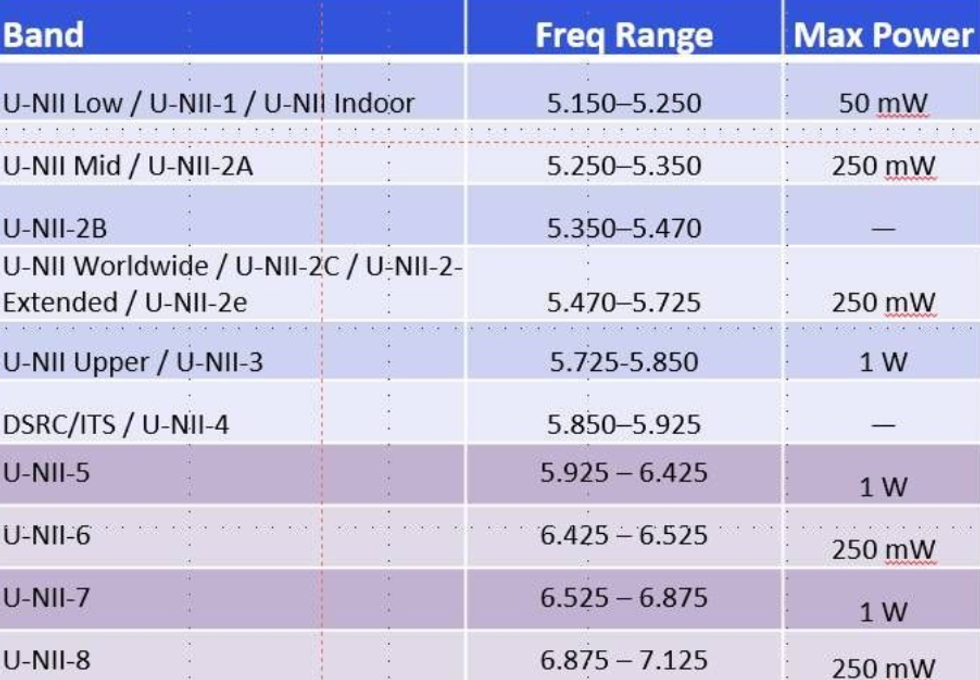When the International Telecom Union (ITU) outlined the key objectives for 5G, the 3GPP faced the difficult task of expanding the capabilities of the current wireless network under the constraint of limited spectrum. Spectrum equates to bandwidth, and the industry needs more spectrum to increase data rates and address specific use cases beyond 4G. Unfortunately, there isn’t much unoccupied spectrum below 6 GHz. Because of this, the 3GPP introduced the concept of using mmWave frequencies as a mobile access vehicle early in the standardization process.
The link between 5G and mmWave
5G and mmWave have been linked since the beginning. mmWave spectrum offers a path to realize 5G data rates on the order of 10X or more, compared to today’s networks. It may come as no surprise, but mmWave for mobile access is fraught with challenges. Many debate whether these challenges have been addressed cost effectively. However, early 5G mmWave deployments target two specific use cases: indoor “hot spots” and fixed wireless access (FWA). In other words, not mobile access in the context of LTE.
Although mmWave holds much promise, more work must be done to actualize its potential, and the 3GPP continues to investigate other frequency options to unlock more spectrum for 5G use. In addition to mmWave, the 3GPP is investigating unlicensed spectrum with the NR-U study item. In LTE or 4G, the 3GPP defined a coexistence path for WiFi and LTE using the unlicensed bands, where an LTE subscriber could use the unlicensed 2.4 or 5 GHz bands to supplement data throughput. Known as LAA, or license assisted access, the path proves LTE and WiFi can coexist, although it’s unclear how many users take advantage of this technology today. 3GPP’s 5G NR-U proposals go way beyond the prior work on 4G, and there is additional motivation to take NR-U further.
Perhaps not coincidentally, the FCC has issued a notice of proposed rulemaking to investigate the use of the 6 GHz band covering 5.925–7.125 GHz as unlicensed and a possible home for 5G use. Today, this spectrum is used by cable operators for distribution of services, radars, and dedicated microwave communication links. By designating this spectrum as unlicensed, 5G operators and others could take advantage of it to create new networks or augment already deployed networks. The combination of 2.4, 5, and now 6 GHz potentially creates over 1 GHz of spectrum for 5G use.
However, unlicensed bands for 5G come with stipulations. Any 5G device using unlicensed spectrum must:
- Comply with lower power emission requirements that limit signal propagation and in-band interference, constraining the coverage area
- Share spectrum with incumbent users, adding technical complexity to 5G terminals so that all devices can coexist
- Make use of Dynamic Frequency Selection (DFS) and Transmit Power Control (TPC) techniques to facilitate coexistence, like WiFi devices do today
- Likely adopt the LTE or 4G coexistence techniques, such as Listen Before Talk (LBT), to work side-by-side with WiFi devices
In cases where this spectrum is used lightly, 5G NR-U deployments could be strategically placed, enabling the creation of dedicated-use 5G NR networks offering benefits above and beyond current technologies to address the key performance objectives of the 3GPP—faster data rates, higher reliability, and low latency—to extend the 5G ecosystem further, albeit in localized regions and perhaps explicitly for specific use cases.
At first glance, NR-U adds complexity, and the 3GPP members must weigh the benefits, costs, and potential drawbacks of this approach. On the other hand, it provides a large amount of spectrum, and spectrum is key to realizing the potential of 5G. If the 3GPP is successful in moving forward with NR-U, there are abundant amounts of unlicensed mmWave spectrum that can also benefit from this work once mmWave technologies have matured. NR-U is just one of several study items for 3GPP Release 16 and beyond, but it may be critical to the 5G initiative—perhaps much more important than many of us initially thought.
It’s clear that 5G NR, with new bands, wider bandwidth, and new beamforming technology, presents significant design and test challenges that require powerful tools to accelerate innovation.





